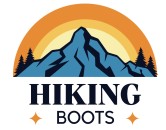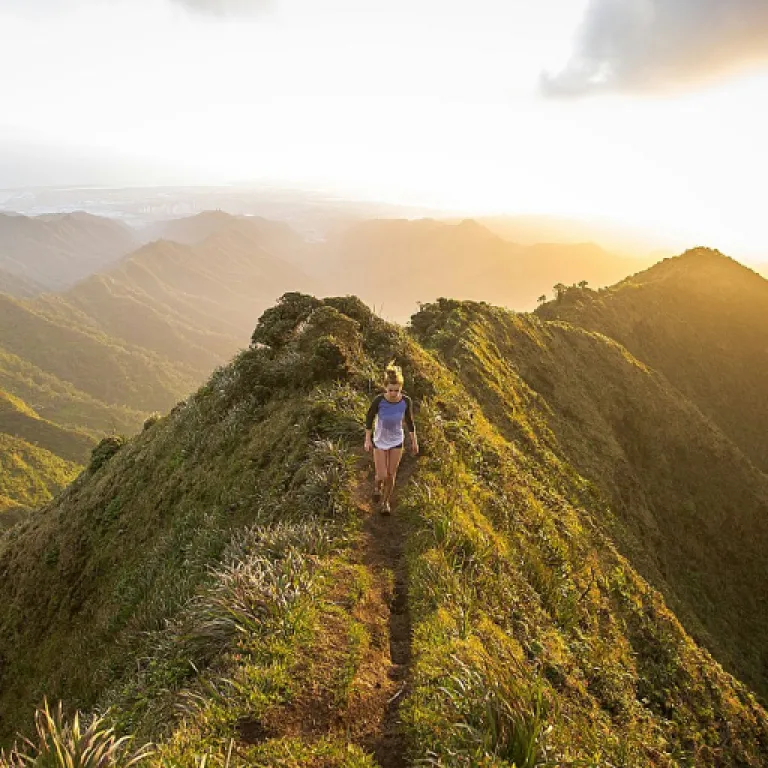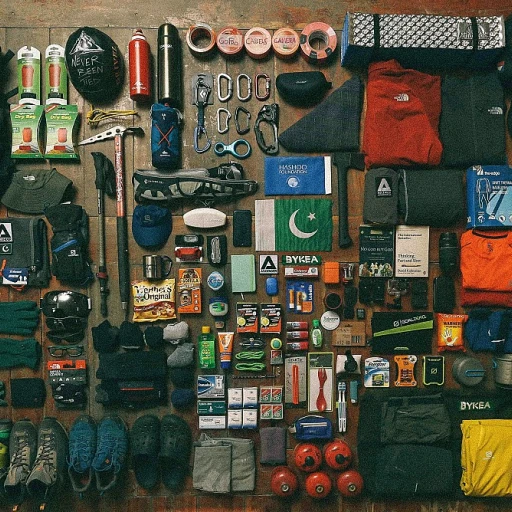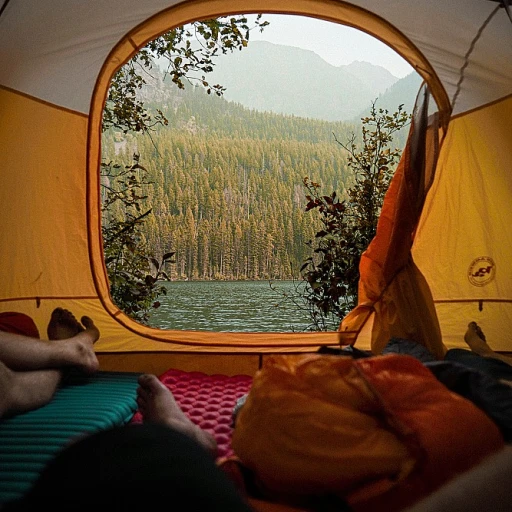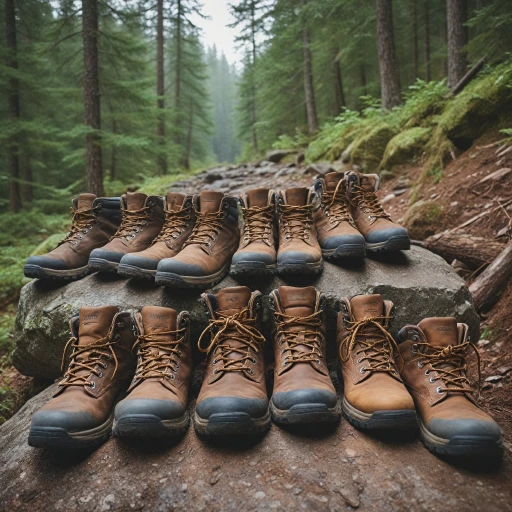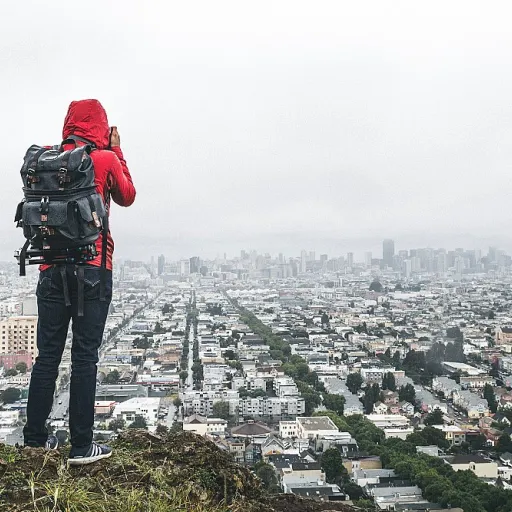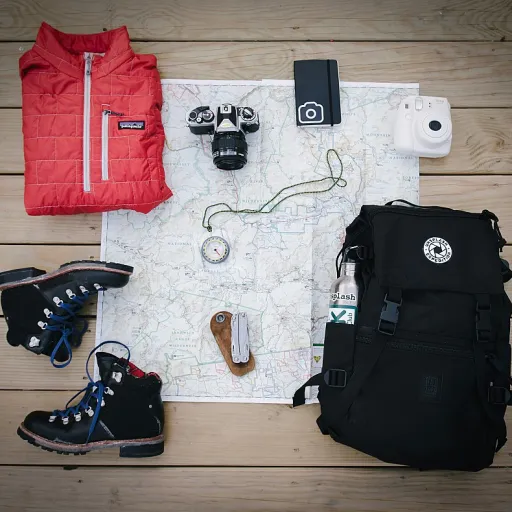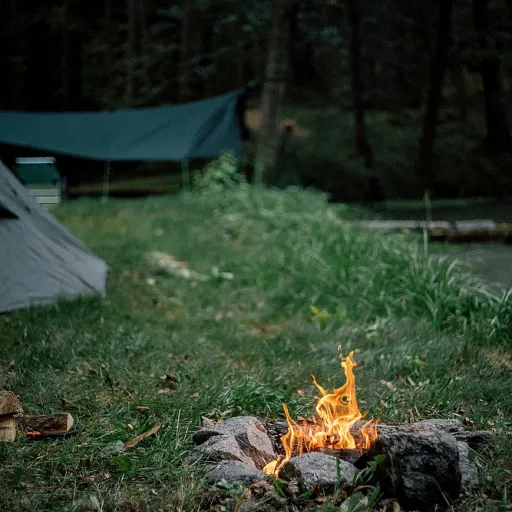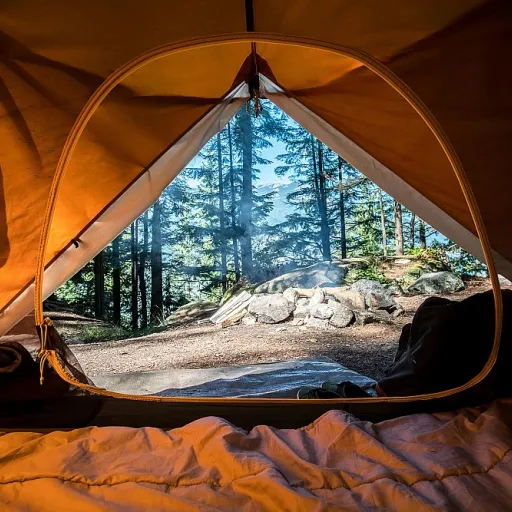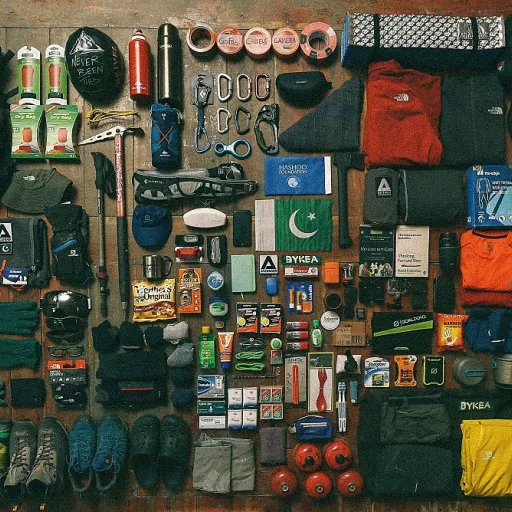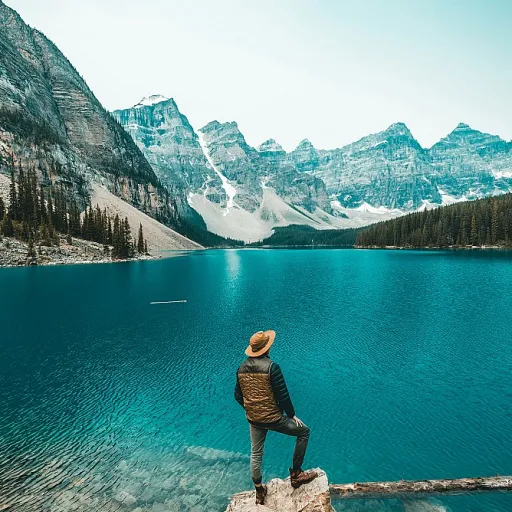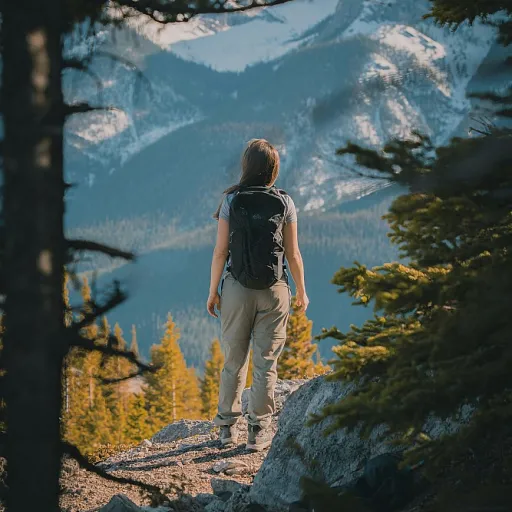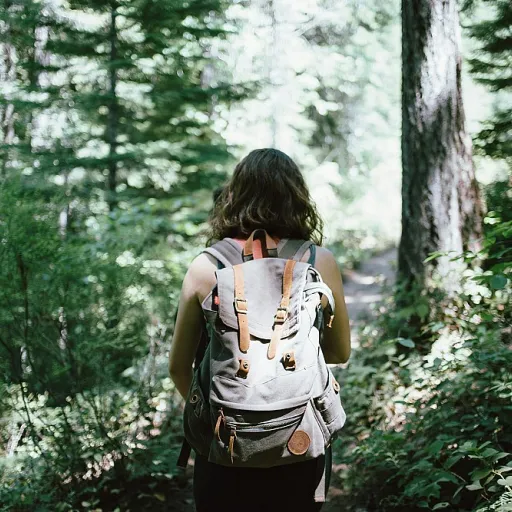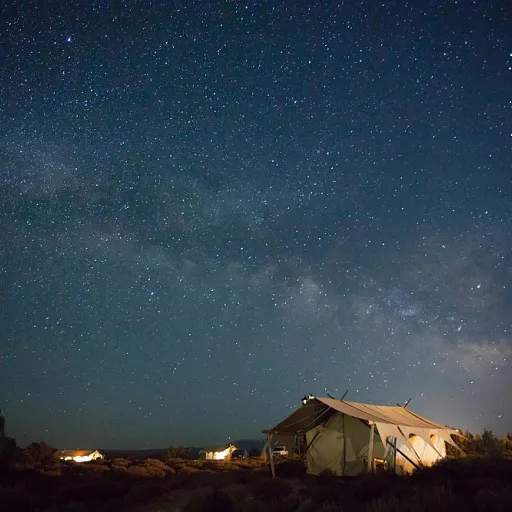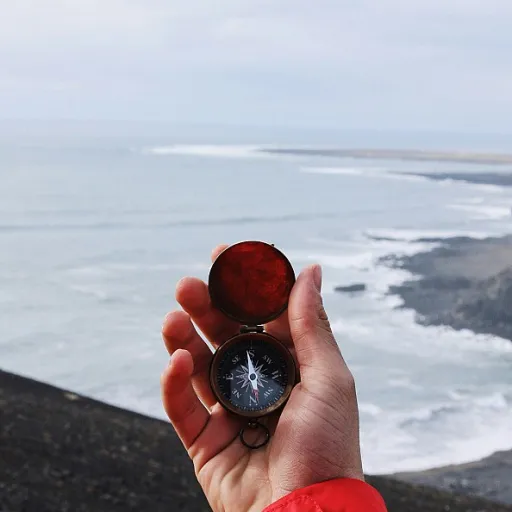
Understanding Barefoot Hiking Boots
Getting Acquainted with Minimalist Footwear
When it comes to embracing the spirit of connectivity with nature, barefoot hiking boots have become a popular choice among women. This innovative concept prioritizes a near-barefoot experience while offering just enough protection and support for wilderness trails. The term 'barefoot' refers to the minimalistic design that allows your feet to move naturally and breathe freely, making them a preferred option for many outdoor enthusiasts.
Barefoot boots offer a unique fit, often available in a variety of sizes, including options for wide feet and low volume feet. The wide toe box is a significant feature, accommodating medium to extra wide feet comfortably. Many models, such as xero shoes and lems shoes, focus on providing an exceptional balance between the barefoot feeling and the protection needed on rough terrains.
The price of these boots can vary based on materials and design. With options ranging from leather to vegan, and even water-resistant varieties– suitable for winter conditions– barefoot hiking boots cater to diverse needs and preferences. Notable mentions include high-quality wildling shoes and best-selling barefoot sneakers that extend beyond the trail to everyday use, making them a versatile, stylish, and functional choice for every adventure. Stylish and functional hiking boots have become more accessible through price sales and online shop offerings.
Benefits of Barefoot Boots for Women
The Advantages for Outdoor Women
For women who love embracing nature's challenges, the transition to barefoot hiking boots presents several standout benefits. Barefoot boots have redefined traditional hiking standards by providing an option that prioritizes feet health while ensuring comfort on the trails.
Firstly, barefoot boots are designed with a wide toe box, which gives ample space for toe splay. This is especially beneficial for women with wide feet or feet that tend to swell after a long trek. By offering extra room and flexibility, these boots prevent common hiking injuries and discomfort. Brands like Wildling and Xero shoes excel in offering models that cater to these needs.
Another advantage is the way barefoot boots enhance natural foot motion. Unlike traditional boots that often have a high heel-to-toe drop, barefoot models allow for a more grounded sensation which aids in balance and proprioception on uneven terrains. This form of movement can strengthen foot muscles over time, providing a long-term benefit for adventurous women.
The fit and sizing of barefoot shoes are often tailored to accommodate different foot shapes and volumes, from low to medium and high volume feet. It's crucial to find the right sizing fit to ensure maximum comfort and utility, particularly when considering diverse conditions like winter.
Lastly, these boots resonate well with environmentally conscious women, as many are crafted from sustainable materials. Some models feature options like vegan leather, ensuring no compromise on ethics for those looking for a sustainable choice. Furthermore, despite their advanced functionality, most barefoot boots come at a competitive price, with plenty of sales making them accessible for all budgets.
While waterproof capabilities are not always standard in all barefoot boots, options like barefoot winter boots offer additional protection for wet conditions. It's important to assess the water-resistant needs based on your hiking habits and shop accordingly.
Challenges Faced by Outdoor Enthusiasts
Confronting Common Obstacles in Barefoot Hiking
Transitioning to barefoot hiking boots can come with its unique set of challenges, often testing the resolve of the most seasoned outdoor enthusiasts. Understanding these obstacles can make the transition smoother and help in reaping the full benefits of barefoot boots for women.
Finding the Right Fit
One of the most prominent issues is discovering the perfect fit. With various models available, from xero shoes to lems shoes, selecting sizes that complement your feet can be daunting. It's crucial to pay attention to unique features like the toe box and volume feet, especially for women with wide or narrow feet. Consider brands that offer a wide range, including extra wide and medium width sizes, ensuring comfort whether you have low volume or high volume feet.
Weather Readiness
Barefoot hiking boots must contend with diverse weather conditions. From water-resistant objectives to winter-specific demands, finding the best barefoot and barefoot winter boots is key. While some boots, like barefoot sneakers, cater to warmer climates, winter boots must be considered in cold, wet environments. The option between leather vegan and traditional leather models also influences water resistance and overall durability.
Price Sensitivity
Exploring barefoot boots can feel overwhelming due to price variability. With high-quality options commanding a premium, it's important to strike a balance between price sensibility and the features you get. That's why it's advisable to shop during price sales or explore price comparisons between different shops to get a fair deal.
For more personalized insights on these factors, the real-life experiences shared by experienced hikers in subsequent sections could provide valuable guidance.
Choosing the Right Barefoot Boots for Your Needs
Selecting the Ideal Barefoot Boots
When venturing into the world of barefoot hiking boots, choosing the right pair involves more than merely considering aesthetics. A well-selected pair ensures comfort, protection, and aligns with your hiking aspirations.- Material Choices: The material of your barefoot boots plays a crucial role. While traditional leather offers durability, many hikers opt for leather vegan options, providing a cruelty-free alternative without compromising on quality. Waterproof and water resistant models are essential, especially if your adventures stretch into unpredictable terrains.
- Sizing and Fit: Proper sizing is vital for comfort during extended hikes. Different brands offer varying sizing fit options, accommodating wide, medium, and even extra wide fits. Ensure there’s ample room in the toe box for natural toe movement. Xero shoes and Lems boots are renowned for their wide toe design and flexibility.
- Volume Considerations: Pay attention to the volume of your feet. High volume feet may require shoes with more depth, while low volume feet might find comfort in tighter fits. Brands like Wildling specialize in catering to different foot volumes.
- Seasonal Needs: Winter boots require insulation to keep your feet warm in colder conditions. Investing in barefoot winter varieties can ensure both warmth and flexibility, making them suitable for varied terrains and temperatures.
- Style and Color: While functionality takes precedence, the style shouldn't be ignored. Classic black models are versatile, whereas brighter alternatives can add a dash of personality. Consider the purpose and frequency of your hikes to determine if investing in high quality, best barefoot or barefoot sneakers suits you.
- Budget Considerations: The price of barefoot boots can vary significantly. Price sale events are excellent opportunities to snag your preferred pair without breaking the bank. Always balance between price and durability to ensure value.
Caring for Your Barefoot Hiking Boots
Ensuring Longevity and Performance
Proper care of your women's barefoot hiking boots is essential to maintain their integrity and maximize performance on the trail. By following these practices, you can extend the life of your boots and ensure they continue to support your outdoor adventures.- Regular Cleaning: Keeping your boots clean prevents the buildup of dirt and debris, which can deteriorate materials over time. Use a brush and mild soap to gently scrub the surfaces, especially if you're dealing with mud or salt residues, which are common during winter hikes.
- Waterproofing: Although some models are water resistant or waterproof, it's wise to apply a specialized waterproofing treatment for leather vegan and black leather options to enhance their moisture repelling capabilities. This is particularly crucial if you plan to hike in snowy or wet conditions.
- Correct Drying Techniques: After a wet hike, remove the insoles and air dry your boots naturally away from direct heat sources. Direct heat can warp the materials, affecting fit and volume. This is vital for both high and low volume feet to maintain the best barefoot sizing.
- Conditioning and Polishing: For leather varieties, regular conditioning helps to keep the material supple and extends its lifespan. Using the right products can also maintain the aesthetic of black leather boots.
- Addressing Sizing Fit and Comfort: Over time, footbeds may compress, especially for extra wide feet, impacting fit. Consider replacing with insoles designed for barefoot shoes or checking shoe size periodically to prevent injury.
- Storage Solutions: During off-seasons, such as when storing barefoot winter models, keep your boots in a cool, dry place. Stuffing them with newspaper can help maintain shape and absorb untreated moisture lurking inside.
